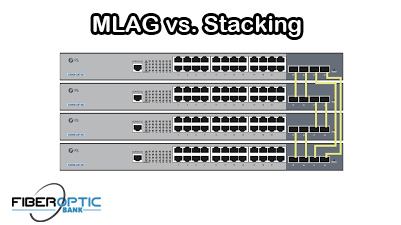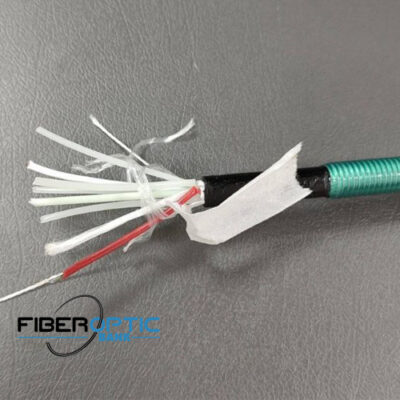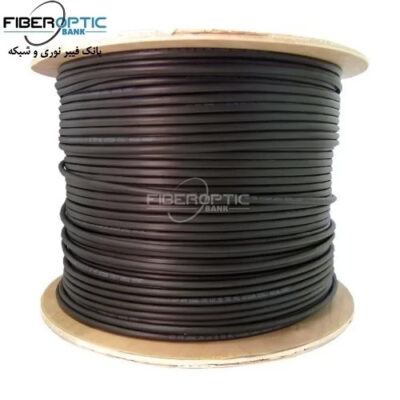MLAG vs. Stacking
MLAG vs. stacking is something that has been thrown around many times – both of them are valid options to bond separate switches and manage them as a single logic switch, MLAG and stacking significantly improve network efficiency while simplify system management. So what makes the differences? When should we choose MLAG instead of switch stacking? We try to clear out some confusions by comparing MLAG vs. stacking features, pros and cons, then analyzing how to make a proper decision over MLAG vs. stacking.
MLAG vs. Stacking Explained
Let’s start with the basics of MLAG and stacking. Short for Multi-Chassis Link Aggregation, MLAG is the ability of two or more switches to act like a single switch when forming link bundles. This allows a host to uplink to two switches for physical diversity, while only have a single bundle interface to manage. Also, two switches could connect to two other switches using MLAG, with all links forwarding. Most MLAG implementation are totally proprietary, that means you are not able to create an MLAG between different vendors. The video below shows how to configure MLAG on FS S5800-8TF12S hyper converged infrastructure switches.
Stacking, however, is usually something you may expect at the edge rather than the core of the network. It allows you to manage multiple switches as a single entity, which can be achieved by linking switch backplane or connecting uplink ports at the front. Likewise, stacking is supposed to happen between Ethernet switches in the same product line of the vendor.
MLAG vs. Stacking: Pros and Cons
Here we take a review of some of the pros and cons of MLAG and stacking, helping you to understand the benefits and limitations of each technology.
Pros of MLAG
Cons of MLAG
Pros of Stacking
Cons of Stacking
MLAG vs. Stacking: Which to Choose?
MLAG is useful to present diverse physical paths to hosts, and it also allows you to do software upgrade of the core. It can be an efficient tool to eliminate blocked Layer 2 links due to spanning-tree. MLAG can be used at various places in the network to eliminate bottlenecks and provide resiliency – at the leaf layer it offers active/active redundant connections from the server to the switches. While at the spine layer, it greatly enhances the Layer 2 scalability without increasing the cost. So if you need redundant Layer 2 connections and access to large portions of bandwidth, or your application servers require multi-path fabric architectures, MLAG would be a better design.
Stacking is a great fit for limited space deployment where flexibility trumps availability. As a pay-as-you-grow model, switch stacking is attractive for users that need flexibility in their physical network. However, the connecting distance is limited by the length of stacking cable – often within wiring closet. So if you have a small site that configuration simplicity is a matter, and bandwidth distribution to switches less of a concern, or your switches are in close proximity of each other, stacking could be your choice.
MLAG vs. Stacking: FS.com Provides Both Solutions
FS.com offers a large portfolio of network switches with various port design and feature sets, including 10GbE switch, 25GbE switch, 40GbE switch and 100GbE switch. Some of them also have the function of MLAG and stacking. The following diagram presents several options for you.
Conclusion
Data center and high performance cloud computing networks require both the highest level of network bandwidth and reliability. MLAG and stacking are both decent methods to achieve these goals. So the decision to use one or the other is simply a matter of weighing up the options and understanding your network requirement.
Source: community.fs
Related products...
fiber-optic-cable
fiber-optic-cable
fiber-optic-cable

















[ratings]